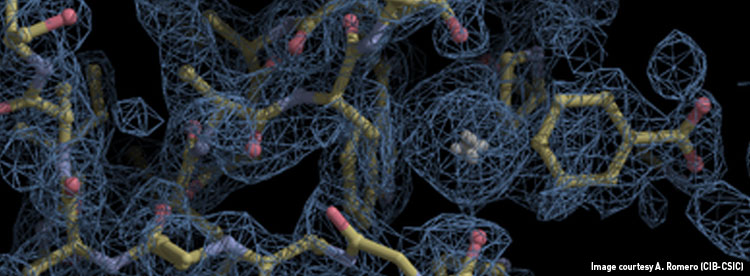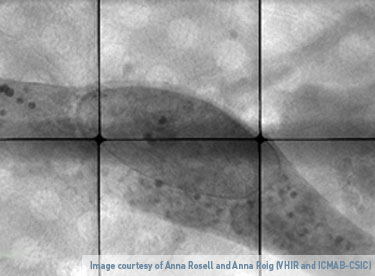
The Instituto de Tecnología Química (CSIC-UPV) leads a work that describes a new method for the industrial purification of ethylene, one of the largest chemical processes in the world and the basis for a multitude of chemical products in our daily lives. Experiments carried out at NOTOS beamline of ALBA contribute to the results.
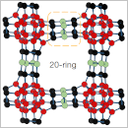
A team from the Materials Science Institute of Madrid -CSIC) leads an international research that synthetized a zeolite with extra-large pores by expanding and connecting silica chains. This material has applications in water and gas decontamination and catalysis. Experiments carried out at the MSPD beamline of the ALBA Synchrotron had a key role in determining the structure of the zeolite.
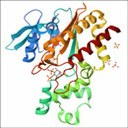
X-rays produced at the ALBA Synchrotron have enabled to determine 1,000 protein structures in a decade. Number 1,000 is part of a study led by CSIC scientists that can contribute to design new therapies. XALOC beamline at ALBA, devoted to macromolecular crystallography, has made possible this achievement.

Lithium and Sodium-ion batteries are under investigation in the framework of the in-house research at the CLÆSS beamline of the ALBA Synchrotron, in collaboration with international partners since 2014, to contribute to the worldwide research of new materials allowing the global economy change toward net zero CO2 emission. Recently, the research team reported the effect of nickel for iron substitution in the battery cathode on their electrochemical properties, applying a new experimental approach.
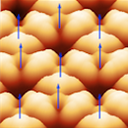
An international research team led by scientists from INMA and CFM in collaboration with the BOREAS beamline of ALBA achieve two-dimensional ferromagnetism on a metal-organic framework for the first time, a result that has been sought for the last two decades. This metal-organic network exhibits huge perpendicular magnetic anisotropy, large remanence at finite temperatures and a much larger coercive field than any other reported two-dimensional system, prone to be implemented as the thinnest magnet ever observed so far.

